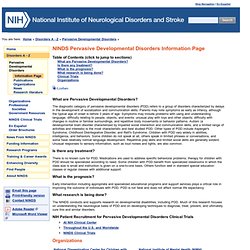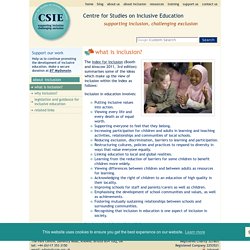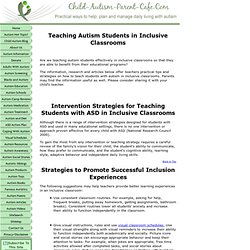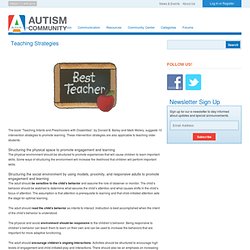

Autism. Sites for Autistic Support Teachers! AdaptedLearning.com A new site from Mayer-Johnson! This site provides an endless amount of Boardmaker files! You must have Boardmaker to open the files. Southern California Autism Training Collaborative Website Lots of examples of structured work jobs. Visual Aids for Learning Some free, printable, visuals to help people learn everyday activities. Spectronics Symbol Activity Exchange Assistive Technology Team Lots of free, printable Boardmaker activities. OMAC Consulting A fantastic site by Cindy Golden. Crafty Chic Some free, printable file folder games. ZAC Browser - Zone for Autistic Children ZAC is the first web browser developed specifically for children with autism, and autism spectrum disorders such as Asperger syndrome, pervasive developmental disorders (PDD), and PDD-NOS.
Special thanks to my father, Thomas Glew for sending in this site. Create A Graph Make many different types of graphs. Positively Autism Free resources, lesson plans, teaching materials, and more! Slater Software Inc. Welcome to AutismFitness.com! Pervasive Developmental Disorders Information Page. What are Pervasive Developmental Disorders?

The diagnostic category of pervasive developmental disorders (PDD) refers to a group of disorders characterized by delays in the development of socialization and communication skills. Parents may note symptoms as early as infancy, although the typical age of onset is before 3 years of age. Symptoms may include problems with using and understanding language; difficulty relating to people, objects, and events; unusual play with toys and other objects; difficulty with changes in routine or familiar surroundings, and repetitive body movements or behavior patterns. Autism (a developmental brain disorder characterized by impaired social interaction and communication skills, and a limited range of activities and interests) is the most characteristic and best studied PDD. Other types of PDD include Asperger's Syndrome, Childhood Disintegrative Disorder, and Rett's Syndrome. Is there any treatment? There is no known cure for PDD. What is the prognosis?
What is inclusion? The Index for Inclusion (Booth and Ainscow 2011, 3rd edition) summarises some of the ideas which make up the view of inclusion within the Index as follows: Inclusion in education involves: Putting inclusive values into action.Viewing every life and every death as of equal worth.Supporting everyone to feel that they belong.

Every Child Matters and the Coalition Government. Teaching Autism Students in Inclusive Classrooms. Teaching Autism Students in Inclusive Classrooms Are we teaching autism students effectively in inclusive classrooms so that they are able to benefit from their educational programs?

The information, research and articles below offer teachers practical tips and strategies on how to teach students with autism in inclusive classrooms. Parents may find the information useful as well. Please consider sharing it with your child's teacher. Intervention Strategies for Teaching Students with ASD in Inclusive Classrooms Although there is a range of intervention strategies designed for students with ASD and used in many educational settings, there is no one intervention or approach proven effective for every child with ASD (National Research Council 2000).
Strategies to Promote Successful Inclusion Experiences The following suggestions may help teachers provide better learning experiences in an inclusive classroom: Use consistent classroom routines. Teaching Strategies. The book “Teaching Infants and Preschoolers with Disabilities”, by Donald B.

Bailey and Mark Wolery, suggests 10 intervention strategies to promote learning. These intervention strategies are also applicable to teaching older students. Structuring the physical space to promote engagement and learning The physical environment should be structured to promote experiences that will cause children to learn important skills.
Some ways of structuring the environment will increase the likelihood that children will perform important skills. Structuring the social environment by using models, proximity, and responsive adults to promote engagement and learning The adult should be sensitive to the child’s behavior and assume the role of observer or monitor. The adult should read the child’s behavior as intents to interact.